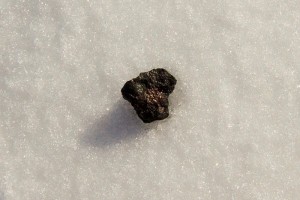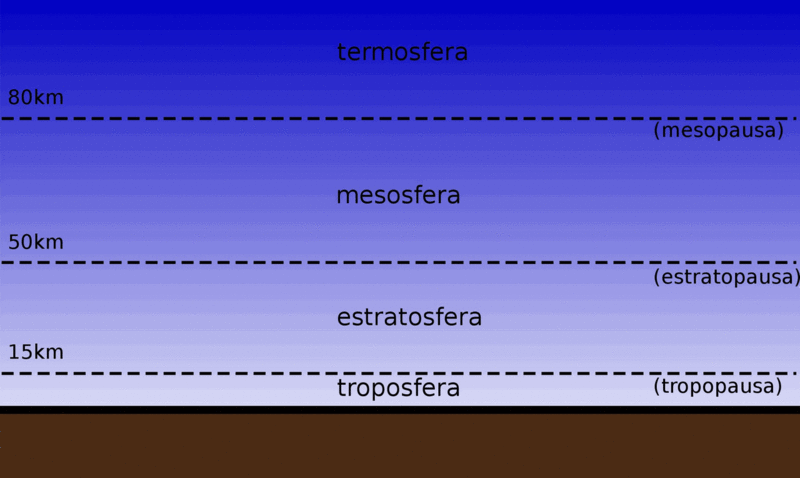
The meteorite that hit Chelyabinsk in Russia three weeks ago, injuring hundreds of people and shockingly surprised the world – has now been analyzed.
On the morning of February, the 15th a large fireball crossed the sky over Chelyabinsk. While entering the atmosphere it broke up with powerful sonic booms shocking the city, with thousands of windows smashed and a zinc factory roof collapsing.
More Energy than the Atomic Bombs of 1945
Russian scientists estimate the meteorite diameter to between 18 and 20 meters and a mass of about 10,000 tons before it entering the atmosphere of Earth and breaking up in the heat of atmospheric entry, with about only 10 tons left to hit the ground.
As the atmosphere absorbed most of its energy, with a total kinetic energy before atmospheric impact estimated to an equivalent of 440 kilotons of TNT, which is about 20–30 times more energy than was released from the atomic fission bombs detonated at Hiroshima and Nagasaki in 1945.
But after the meteorite had been exposed to tremendous heat during entry all that what was left to hit the ground is an estimated energy equivalent to 90 kilotons of TNT, according to NASA’s Jet Propulsion Laboratory.
Even though scientists have only been able to localize about 3 kilos of meteorite so far. Many pieces of the meteor are now available on the internet, at 40 dollars per gram! As many pieces have been found by ordinary Russians looking to make some profit.

Meteorite Composition
The scientific analysis was presented yesterday at the Institute of geochemistry and chemistry analysis at Vernadskij Academy. It reveals the meteorite to consist of silicates to 90 percent.
The term silicate is used to denote types of rock that consist predominantly of silicate minerals (such as quartz, feldspar, mica, amphibole, pyroxene). The other 10 percent consisted of zinc, iron, cobalt, and aluminum. The age of the meteorite is estimated to be 4,5 billion years, which is about the same age as our solar system.
Despite all the damage and all the injured people, the inhabitants of Chelyabinsk were actually lucky, since nobody was seriously injured, and the meteorite hit an uninhabited area. If it had been just twice as big or about 50 meters in diameter the consequences could have been immense.
The Chelyabinsk meteor incident occurred just 16 hours before the passing of asteroid 2012 DA14. These two events were unlikely to be related because since they appear to have been traveling from different directions.
After having analyzing photographs from the site, scientists at the Sodankylä Geophysical Observatory in Northern Finland concluded that the two trajectories were very different.
For more information about the two events and a possible correlation, see link below.
______________
NASA Catches Bright Fireballs Over the Southeast
Astronomers Calculate Orbit of Chelyabinsk Meteorite/
____________________________






















